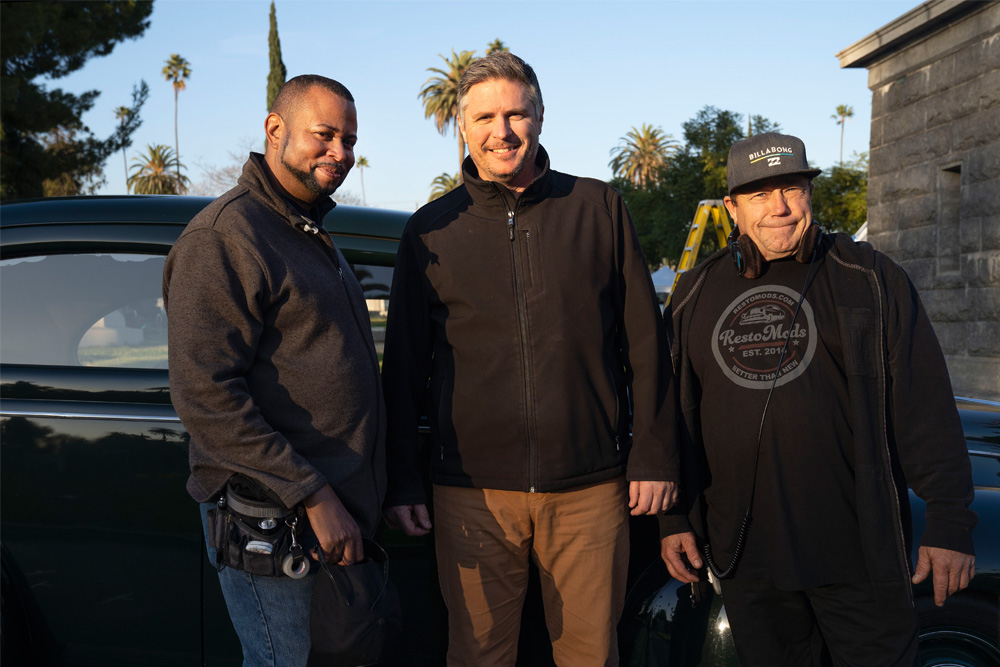
John Bauman has been in the sound game for over three decades, and even after thirteen years as a production sound mixer, he still believes boom operating is one of the best gigs in Hollywood. “You’re as close to the action as you’re going to get. And when you’re wearing headphones there’s this physical phenomenon that isolates you from your surroundings that puts you in the scene with the actors.” Bauman came up through the ranks as a cable person, utility, and boom operator before stepping into a recording chair. “I felt like I had gotten to the point where being a boom operator became less appealing to me the more experience I got. I wanted to utilize all the things I learned and bring that into an overall approach to how we record sound.”
That wealth of knowledge has kept the Los Angeles based mixer busy recording shows like Masters of Sex, Feud, American Horror Story, Ratched, Lessons in Chemistry, and American Crime Story, the latter earning him an Emmy award. Zaxcom has been powering his workflow, where he rocks a Deva 24 paired with a Mix-16, ZMT and TRX transmitters, and dual RX-12 receivers – all seamlessly integrated on a slick upright cart. “There are things that I do with the Deva 24 that are not possible with many, if any, other recorders. That’s the reason why I have one on my sound cart and one in my bag. It’s a great device,” he says.
His latest project to his screens is Netflix’s Monsters: The Lyle and Erik Menendez Story which landed him a fourth Emmy nod. The true-crime gut-punch from Ryan Murphy and Ian Brennan unpacks the brutal murders, dark family secrets, and media firestorm that turned the Menendez brothers into household names. “I was lucky enough to do American Crime Story: The People v. O.J. Simpson and I expected a similar courtroom setting for most of the story. But when I read the scripts, I realized that wasn’t the case. The courtroom aspects of this show were much more ancillary than with People v. O.J. This show is much more a character study about the Menendez family with obvious focus on the boys. Both shows benefitted from excellent writing and performances, which makes recording them a real pleasure,” he says. What it meant for Bauman, boom operator Ace Williams, and utility Kris Wilcox was preparing for a shoot that included multiple locations and studio work for a nine episode arc anchored in a late ‘80s aesthetic.
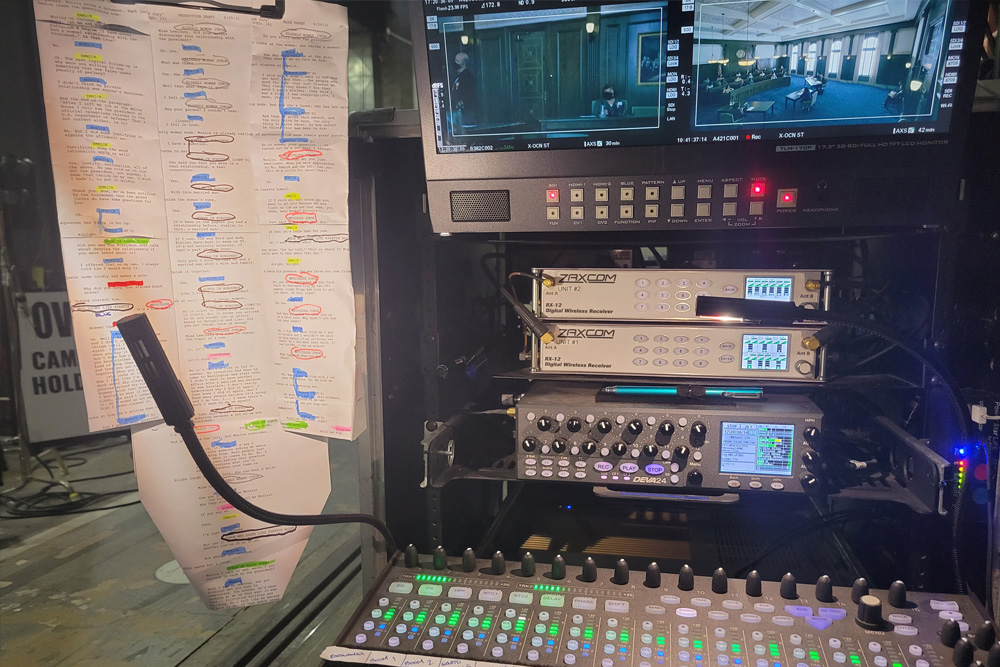
Courtroom scenes were filmed on a soundstage with the team going all in with a layered approach, blending boom, lav, and plant mics for full sonic coverage. Bauman first took the extra step to match the period microphones from the trial to those used in production. “I looked at the archive photos to match the microphone look as much as I possibly could,” he says. “For Ryan, one of the preeminent concerns is set design which is why his shows look so good. It’s imperative that everything meets his approval.”
For wireless boom, they roll with a Zaxcom TRXLA3.5 paired with a Denecke PS-1A 48v power supply. “Production will bring in additional cameras so booming is going to be relatively limited. We knew the lawyer podium, judge’s bench, and the witness stand are fixed positions, so plant mics would work really well there,” he notes. “The judge’s mic had to be a silver microphone with an orange windscreen. So we actually rented an old silver Schoeps CMC from our video guy who has some sound equipment. Props found an orange windscreen that was a reasonable match but it was too large for our microphone. We found an old beige Schoeps windscreen and used that underneath the orange one. For the lawyer podium and witness stand I think the actual mic was a Shure SM57 but we went with a Sennheiser MKH 50.”
To lav talent Zaxcom TRX or ZMT transmitters are paired with Sanken COS-11D or DPA 6060 lavs. “We would wire the defendants. So, for example, Lyle, Eric, and their attorney Leslie Abramson were wired. And then the prosecution would sometimes be wired. It depended on what they were doing,” he says. “When we were doing opening and closing arguments, it was going to be a blend between wires, boom, and sometimes plant, depending on how the blocking went. We were using everything, everything at our disposal, really.”

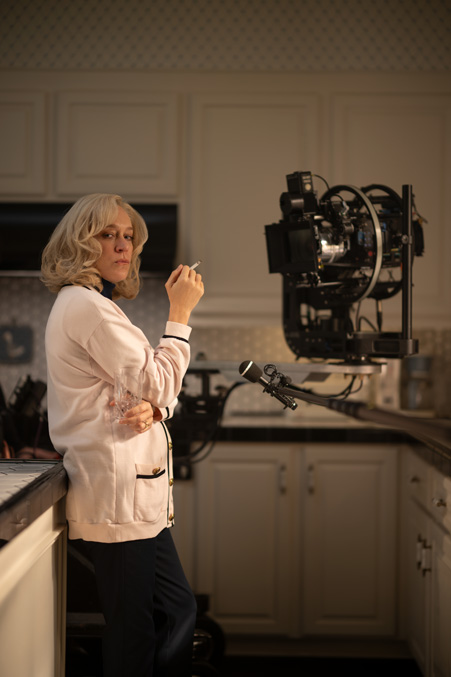
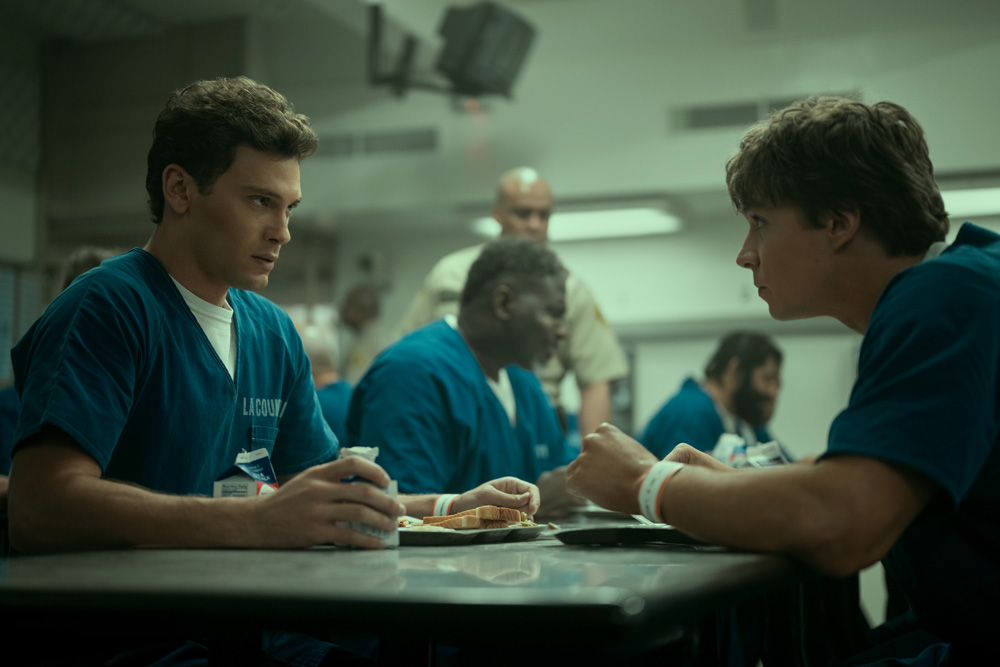
Other scenes shot on stage were recreations of the Chateau Marmot, a therapist’s office, meeting rooms, jail houses, and the interior of Menendez family home. None is more stirring than Episode 5, a gripping 33-minute oner that captures every raw moment of a conversation between Erik (Cooper Koch) and attorney Leslie Abramson (Ari Graynor). Over two days, the team captured eleven full takes, with the camera starting wide and still, then slowly pushing in on Erik’s face to underscore his emotional isolation. “Production told me they were going to use a motion control camera, so we got together and talked about how to make the motorized platform quiet. I talked to the motion control company and they actually created a sound baffle for its motorized base. But as it happens the sound was still bouncing off the floor beneath the track. So we put furniture pads underneath the track rather than carpet because I felt like it would absorb more. And I think the combination of those two things probably knocked the noise of that camera down 70%.”
In recording Erik’s dialogue Bauman leaned into perspective to capture the emotionally charged scene. “As they push into him closer and closer, I want him to have a little bit more presence and a little bit less room. We were not able to place a boom in the shot because it would have overlapped Leslie’s entrance and first few lines. We had to make wires work. We did have two booms in the room to give the rerecording mixers options for crossfading, but I knew wires were going to be the most consistent” he says.
One challenging sequence took place on a boat in the final episode with the two brothers and their parents aboard. “I was set on a camera barge with the Technocrane because there was no place for me on the hero boat. We knew the additional boat for the video village and vanities would not be close enough for Comtek, so we embedded sound into the HDMI signal being sent from DIT on the barge,” he continues. “Most scenes were supposed to be shot from the Technocrane, which would have kept me well within transmitter range. That eventually changed and the cameras were built onto the hero boat. The water folks did their best to keep me as close as possible, but our barge kept drifting farther away, causing dropouts. Once again, Zaxcom’s internal recording proved why it is absolutely essential to the way I work. Without it, I’d have had to force my way onto that hero boat, which would have caused some frustration due to lack of space, while wasting precious daylight.”
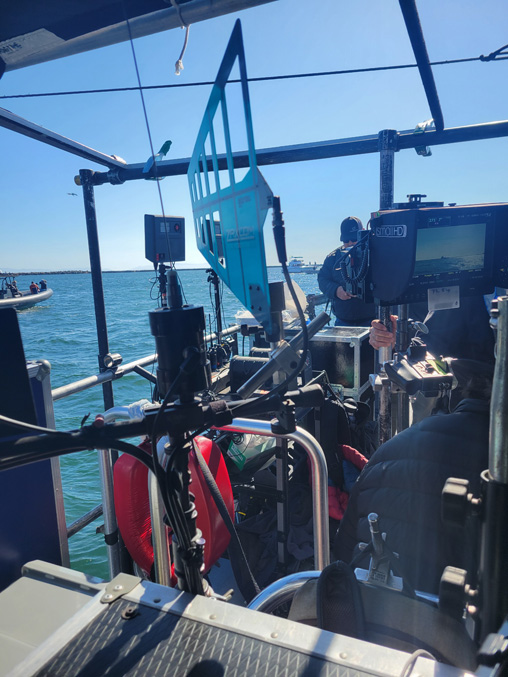
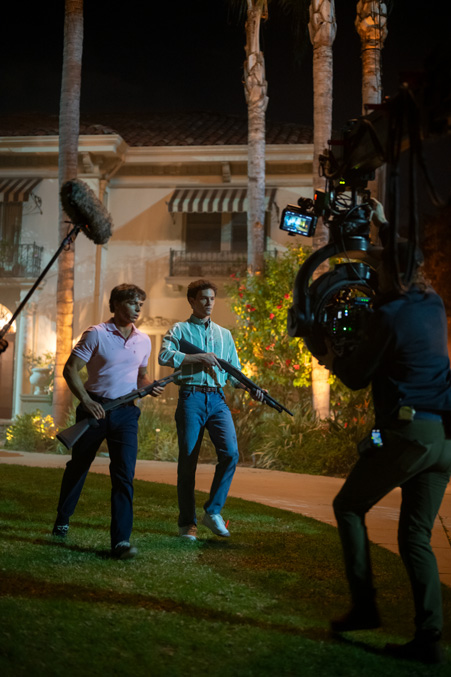
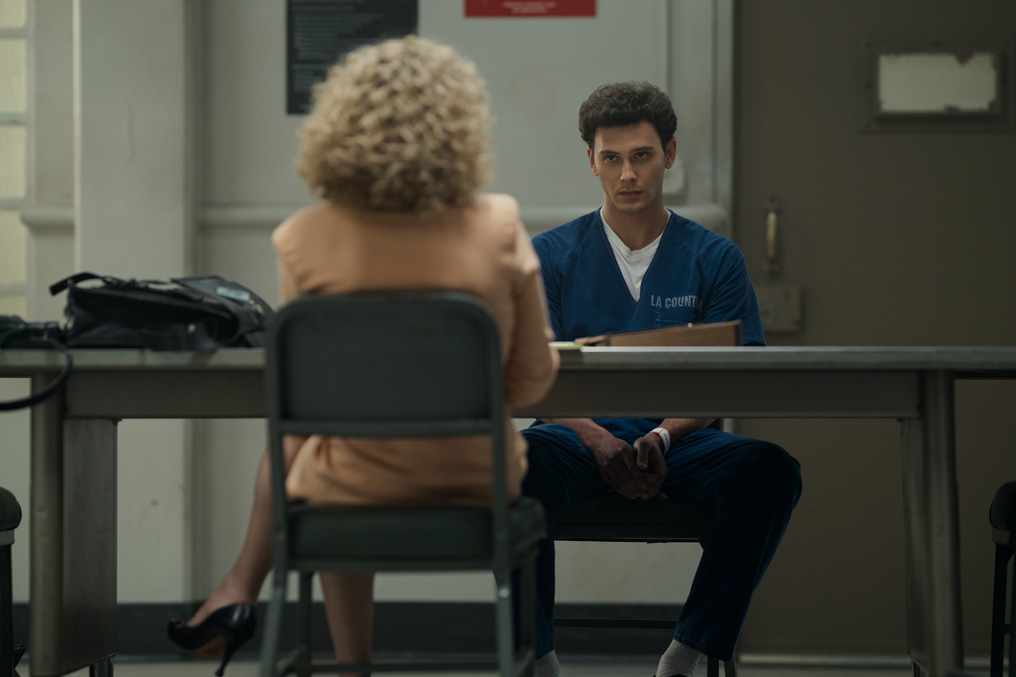
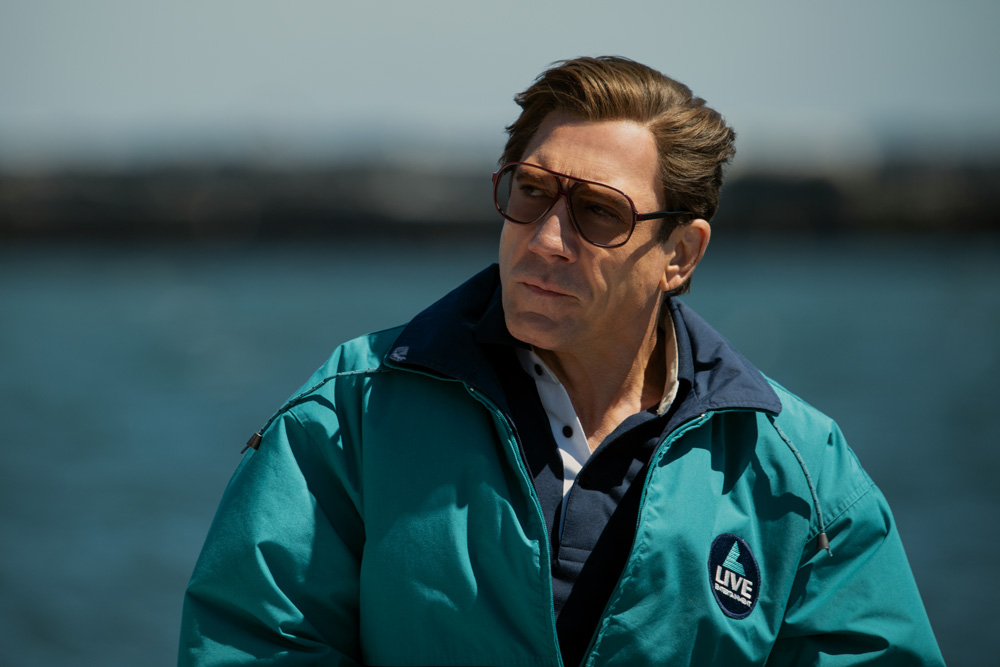
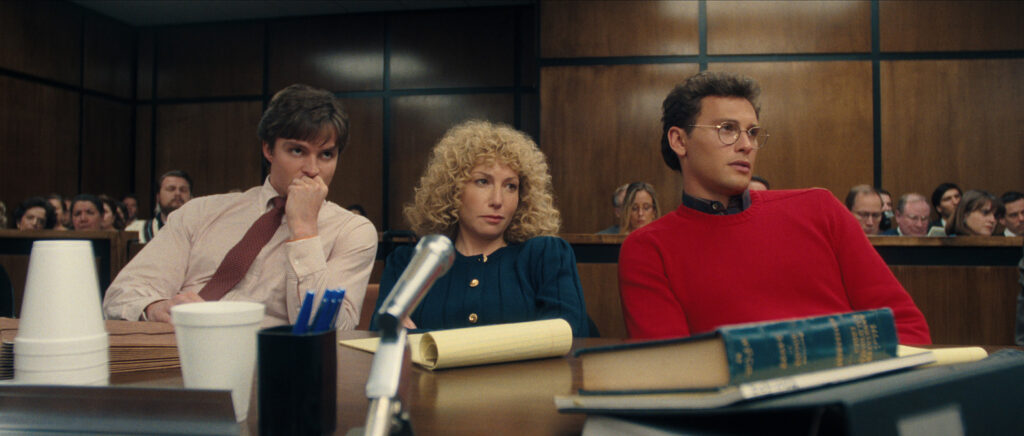
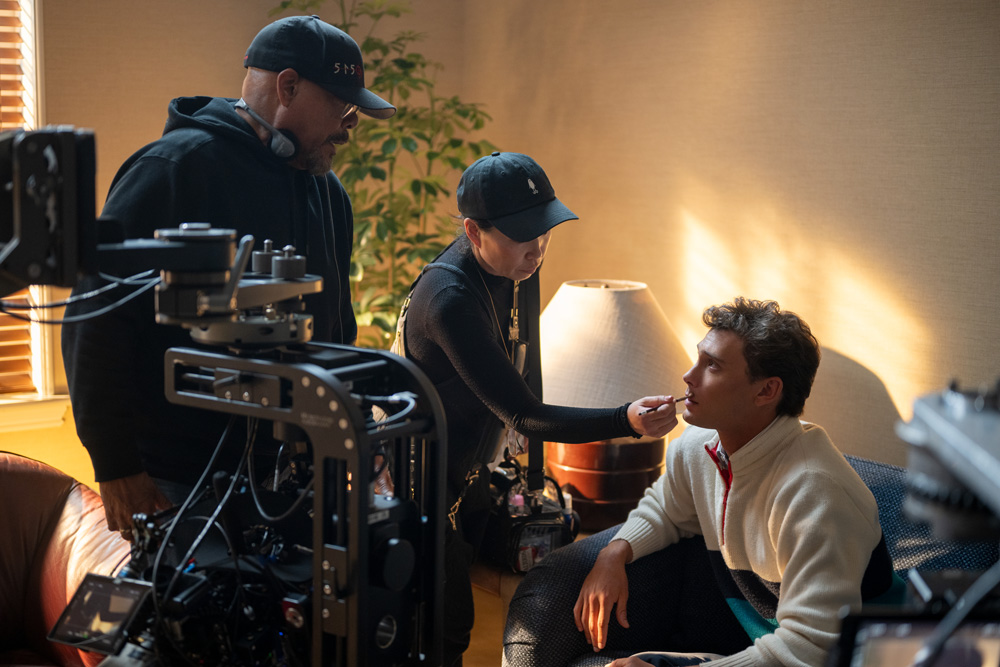
Besides Zaxcom’s internal recording feature, the production mixer makes use of other features, including NeverClip and ZaxNet. “The first time I used NeverClip was on The People v. O.J. during the Bronco chase scene. It was decided we were going to free drive, so they put a camera operator in the Bronco and me in a follow van. I hadn’t seen a rehearsal but I knew it would be an emotionally charged scene. We were on wires, with Malcolm Jamal Warner, rest in peace, driving, and Cuba Gooding in the back seat. Cuba’s hyped and in the middle of the take he ad-lib yells, ‘I’m tired of you driving me around AC’ at a level I was totally unprepared for, but NeverClip saved the line. It’s the actual track you hear in the broadcast,” he says. “So when that happened, I realized how useful this new tool could be. I can record a little bit hotter and attenuate two additional mix tracks through a Cedar DNS2, knowing that NeverClip will give me robust protection from the unexpected.
On the Truman Capote historical drama Feud, Bauman recalls a time when ZaxNet came into play. “We had to wire some rather complicated costumes for our two leads, Jessica Lange and Susan Sarandon. We were getting some interference on Ms. Lange’s transmitter, and she was told we needed to change the frequency. She expected a complicated process to redo the transmitter placement, and was surprised when she was told to just come by the sound cart. By the time she arrived, I had already changed the frequency. Needless to say, she was thrilled.”
Similarly, on Lessons in Chemistry starring Brie Larson as a scientist turned TV cook, the production mixer found ZaxNet useful again. “Lewis Pullman’s character was to row out on a lake. Everything had been fine with his frequency on shore, but once he got into position to row on the boat, I was getting interference. ZaxNet was able to change the frequency, and I remembered wondering how we would have done without it. Obviously it would have been a very costly sound delay.”
Bauman has been able to work on a number of Ryan Murphy productions over the years and says it’s been a blessing. “The projects are always top shelf, which is wonderful. But when things were toughest during the strikes, Ryan and his team were there to help us along. Ryan cares deeply about his people. I’m just so grateful to work with him.”